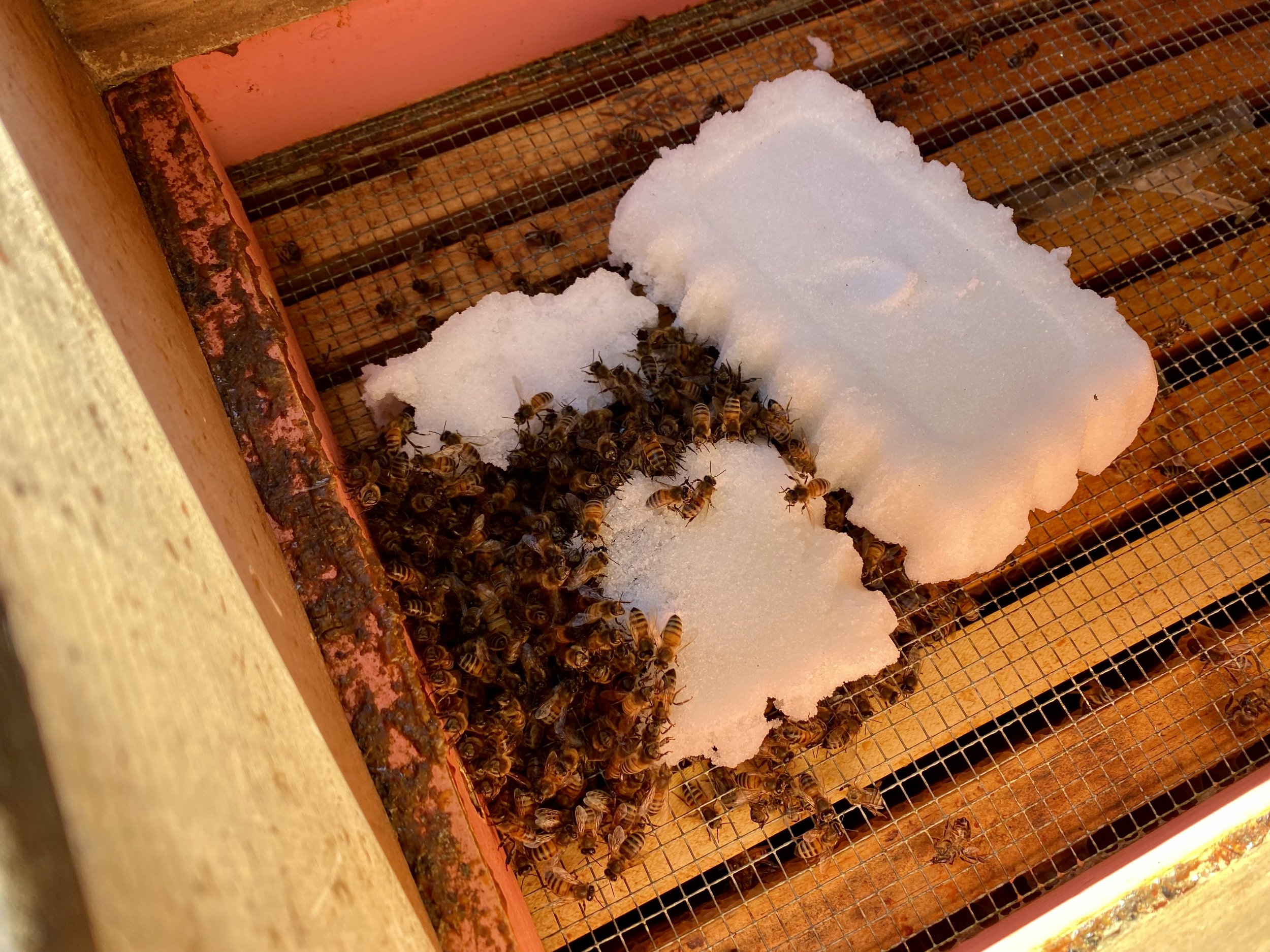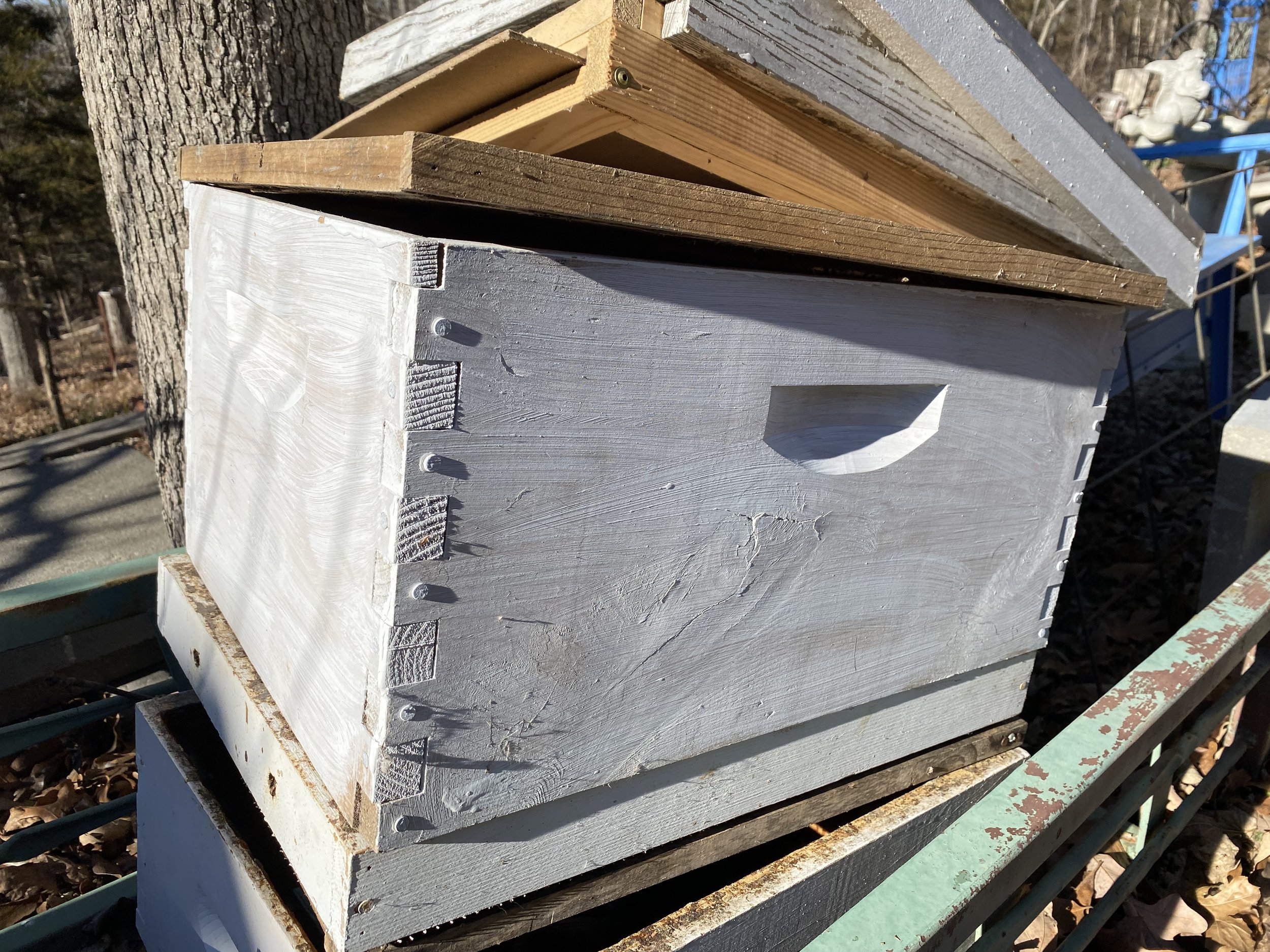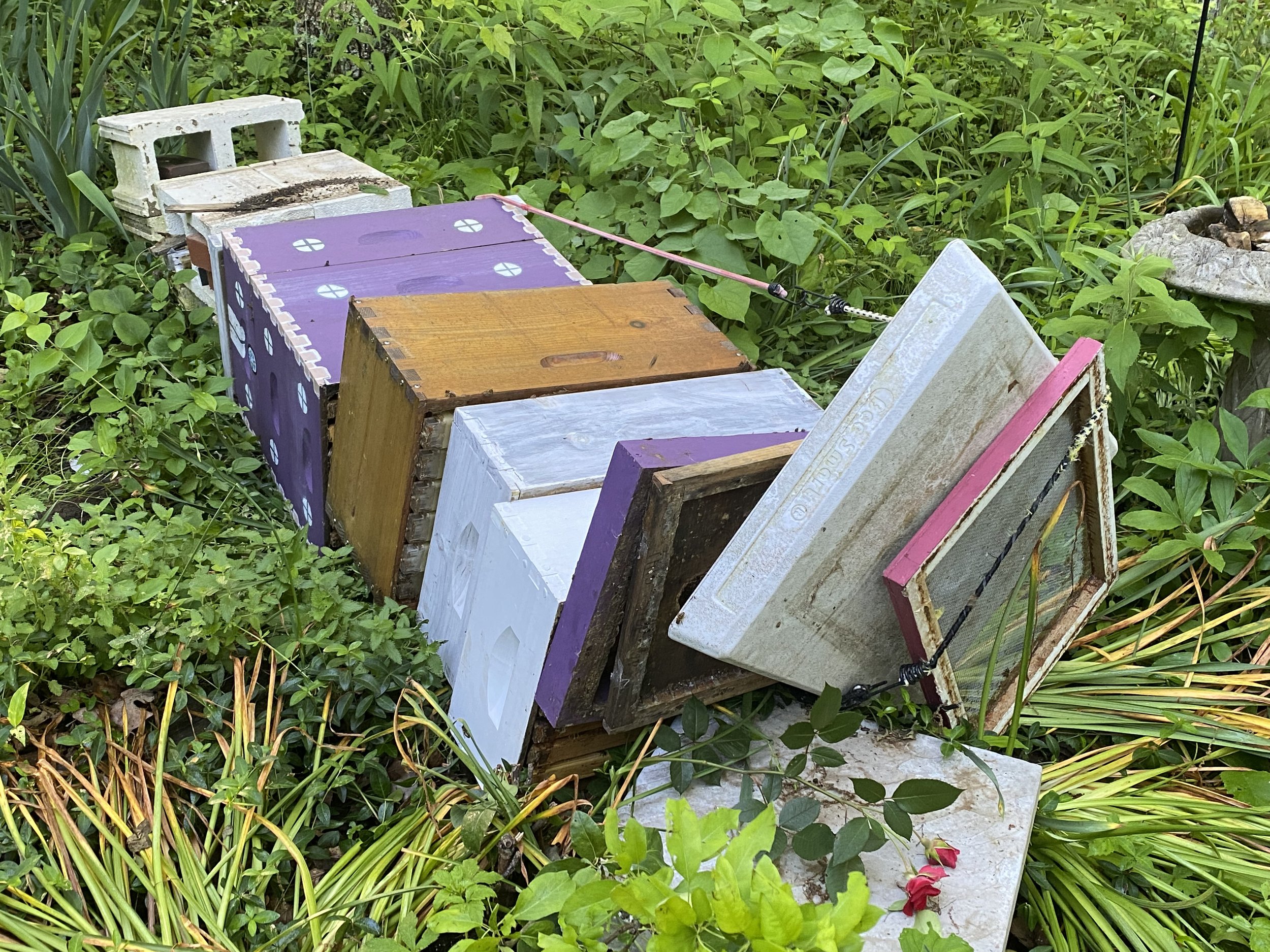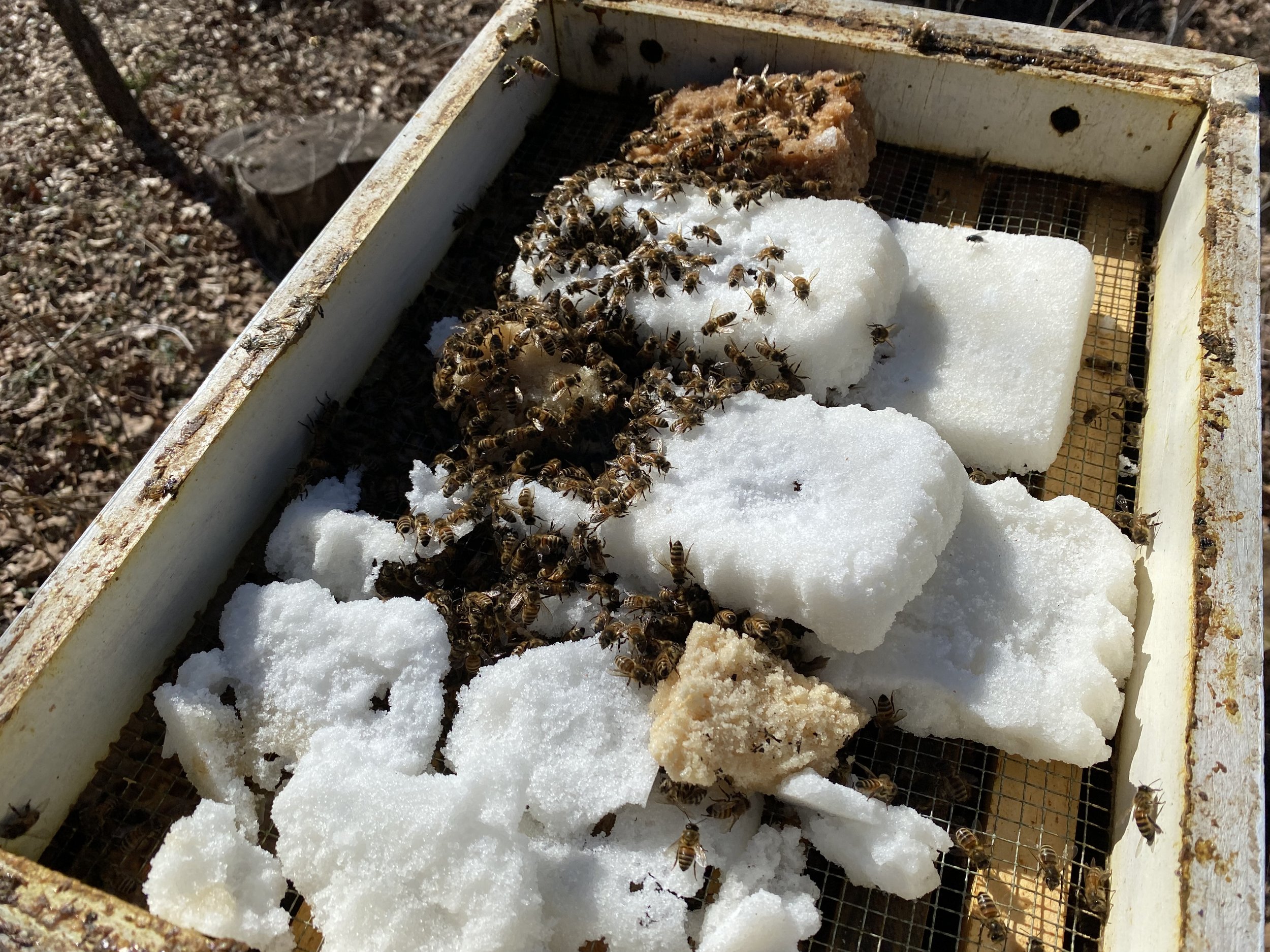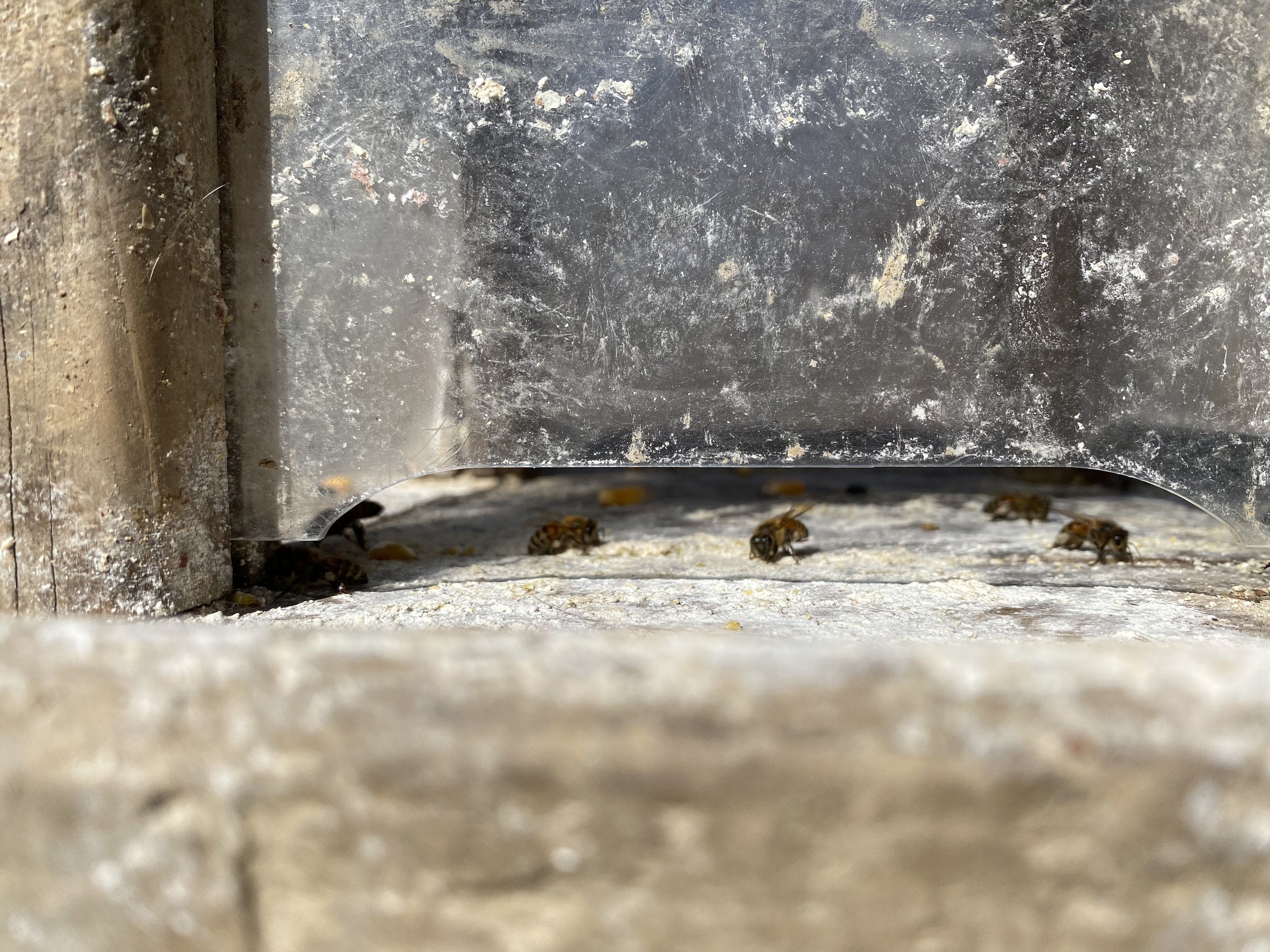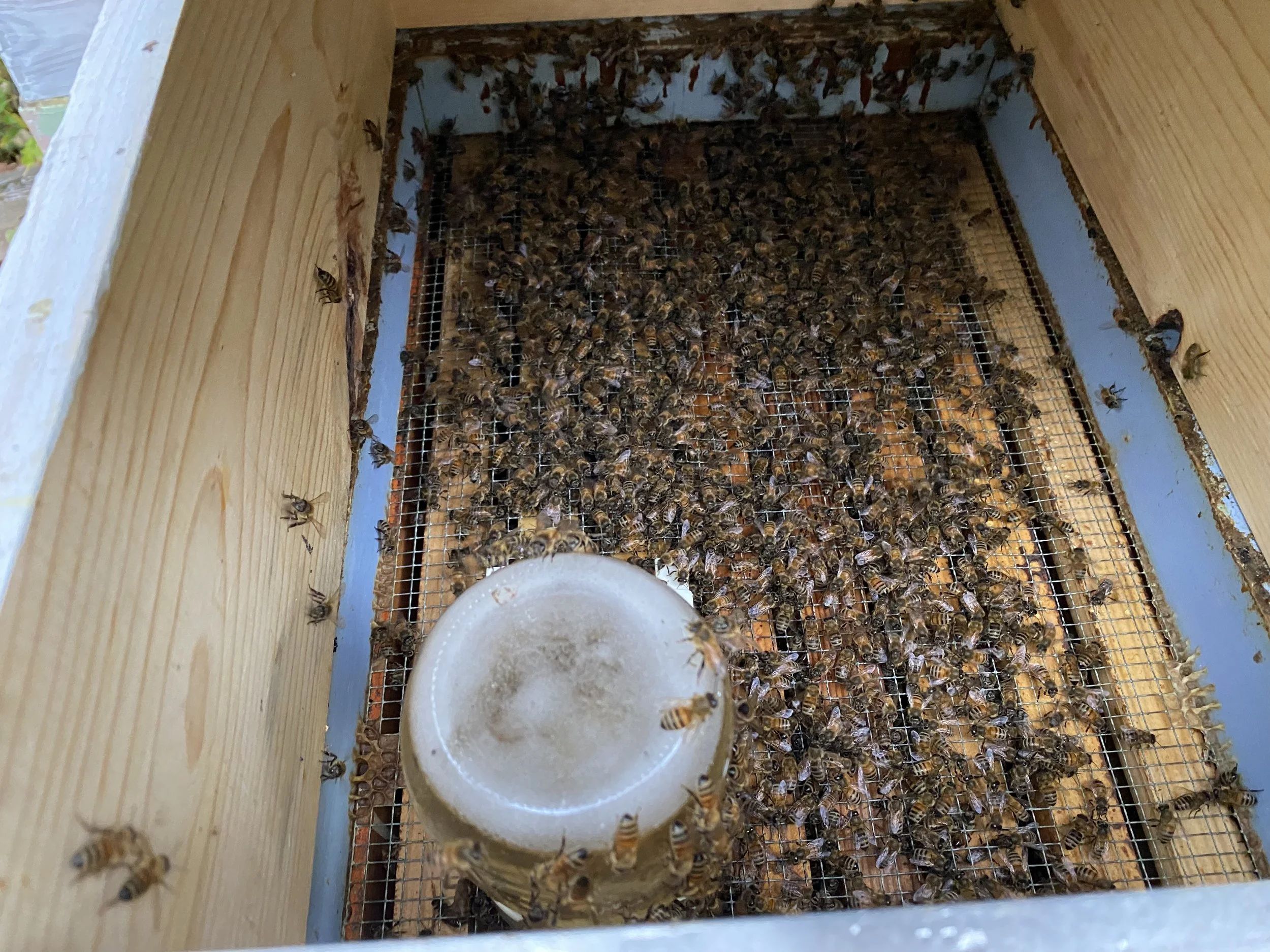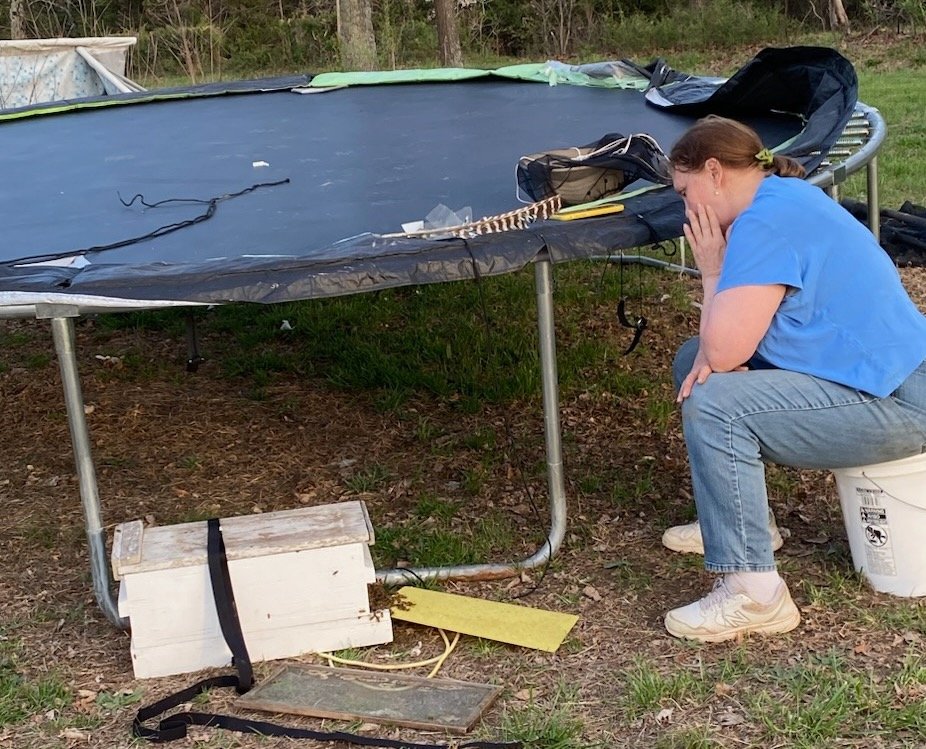Honey Types
/Spring v. Fall Honey
Some beekeepers are starting to extract spring-collected honey, If you're looking for local honey, you should be able to find some at your local farmer's markets and honey outlets.
Spring-extracted honey and fall-extracted honey can differ significantly in color, taste, and health benefits due to the seasonal variations in flower nectar sources.
Honey is basically flower nectar bees collect and infuse with enzymes before dehydrating the nectar to 18%. Bees store honey for their winter food. It takes 2 million flowers to make 12 oz. of honey.
Spring Extracted Honey
Color:
Typically lighter in color — pale gold, light amber, or even almost clear depending on the dominant blooms (e.g., clover, black locust, wildflowers, dandelion, fruit blossoms).Taste:
Milder and more delicate, often floral or slightly fruity. Less intense sweetness, with subtle herbal notes.Health Benefits:
May contain higher concentrations of flavonoids and phenolic acids from early blooming herbs and trees.
Easier to digest for sensitive stomachs due to its lighter profile.
Popular for use in soothing seasonal allergies due to local pollen from spring blooms.
Fall Extracted Honey
Color:
Usually darker — deep amber to reddish-brown. This reflects the nectar from fall-blooming plants like goldenrod, asters, knotweed, and Japanese bamboo.Taste:
Richer, more robust, and often spicier or earthier. Some fall honeys can have malty, caramel, or molasses-like notes.Health Benefits:
Higher in antioxidants and mineral content (like potassium and iron) due to darker pigments.
Known for stronger antibacterial properties, making it useful for wound care or sore throat remedies.
Often favored for immune support as cold/flu season begins.
For more weekly gardening, beekeeping, cooking and easy home decor tips, subscribe to Garden Notes.






